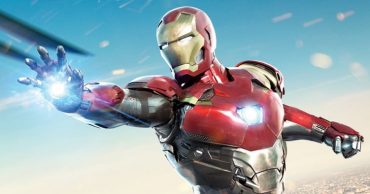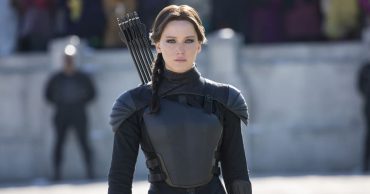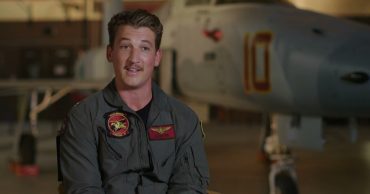In the vast, dusty landscape of Western films, Urban Cowboy broke new ground with its unique take on the genre. Released in 1980, this cult classic revolutionized the way audiences viewed cowboys and sparked a new era of urban Westerns. Set amidst the bustling honky-tonk scene of Houston, the film tells the story of Bud Davis (John Travolta), a working-class cowboy searching for love and adventure.
With its electrifying soundtrack featuring country music legends like Johnny Lee and Mickey Gilley, Urban Cowboy captivated audiences. It had a unique blend of traditional cowboy culture and modern city living that was new to the scene. It presented a grittier, more relatable version of the West, resonating with a wider range of viewers. Urban Cowboy‘s impact on filmmaking and popular culture cannot be overstated. Its influence can still be felt today in more contemporary Westerns like No Country For Old Men and Hell or High Water. So saddle up and get ready to revisit the film that redefined what it means to be a cowboy in the urban jungle.
Urban Cowboy: The Synopsis
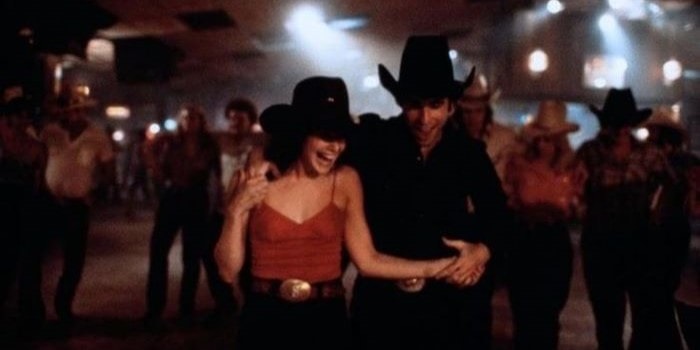
At the center of the plot here is Bud Davis, a young oil rig worker from Spur, Texas, who decides to move to Houston in search of better opportunities. Bud lands a job at an oil refinery and soon discovers Gilley’s, a honky-tonk bar that becomes the epicenter of his social life. It is here that Bud meets Sissy (Debra Winger), a confident and free-spirited woman who catches his eye.
The pair quickly fall in love and get hitched, but their relationship is far from perfect. Their conflicting personalities and stubbornness create a turbulent dynamic. This often leads to frequent arguments and moments of insecurity. The film explores the challenges they face as they try to navigate the complexities of love and marriage.
Amidst their struggles, Bud becomes acquainted with Wes (Scott Glenn), a wealthy and charismatic cowboy who takes an interest in Sissy. They’re soon trapped in a love triangle that tests the very fabric of Bud and Sissy’s relationship. As tensions rise and emotions run high, Bud finds solace in his newfound passion for riding the mechanical bull at Gilley’s. At the end of the day, he hoped to prove his worth and win back Sissy’s affection.
The film rounds up with a dramatic final showdown between Bud and Wes. It’s there that Bud must confront his own insecurities and fight for what he truly wants. Through heartbreak and self-discovery, he eventually learns valuable lessons about love, forgiveness, and the importance of staying true to oneself.
The Evolution Of Western Films
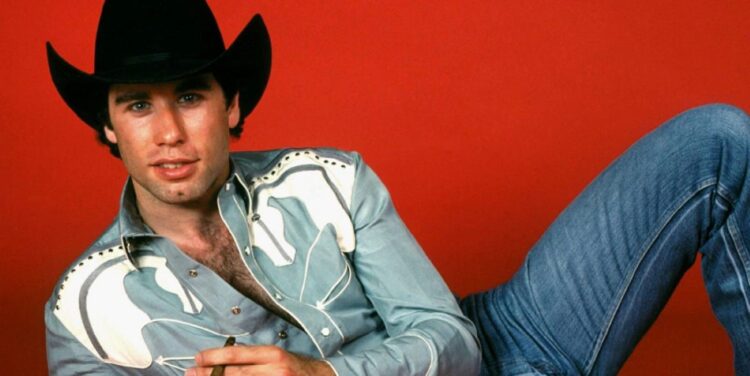
Western films have long been a staple of Hollywood, showcasing the rugged and romanticized image of cowboys in the Wild West. From the early silent films of the 1900s to the golden age of Westerns in the 1950s and 1960s, the genre has dazzled with its tales of cowboys, outlaws, and lawmen. These films often portrayed a simplified and idealized version of the West, where good always triumphed over evil.
However, by the late 1970s, the Western genre was starting to lose its appeal. Audiences were growing tired of the formulaic plots and predictable characters. It was in this climate that Urban Cowboy emerged. In its wake, it offered a fresh perspective on the genre and breathed new life into Western films.
The Impact Of Urban Cowboy On The Genre
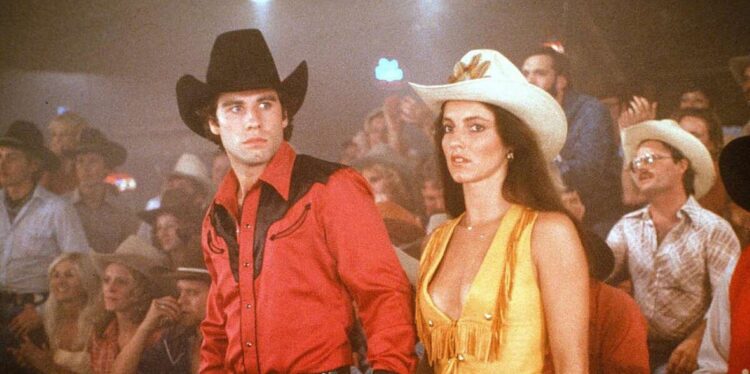
Urban Cowboy was a game-changer for Western films. It introduced a gritty realism that hadn’t been seen before in the genre. By setting the story in the urban landscape of Houston, the film challenged the traditional image of cowboys and showcased a different side of Western culture. It delved into the lives of working-class cowboys, portraying their struggles, dreams, and relationships.
The film also embraced the changing times, incorporating elements of disco and country music into its soundtrack. This fusion of genres appealed to a broader audience and helped Urban Cowboy resonate with viewers who may not have been traditional Western film fans. The success of the film proved that there was a demand for more modern, relatable Western stories.
How The Film Challenged Stereotypes
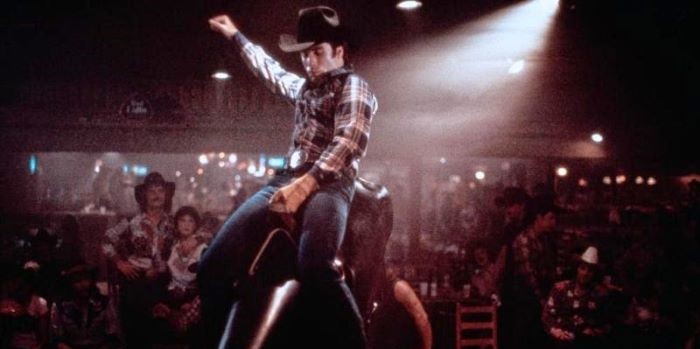
One of the most significant ways Urban Cowboy redefined Western films was by challenging stereotypes. In traditional Westerns, cowboys were often portrayed as stoic figures who embodied the ideals of masculinity. They were strong, fearless, and always knew what was right.
In Urban Cowboy, however, the characters are flawed and complex. Case point, Bud Davis, the protagonist, was not the typical hero. He was a blue-collar worker with dreams of escaping his mundane life. Along the way, he made mistakes, faced challenges, and struggled to find his place in the world. This nuanced portrayal of a cowboy shattered the myth of the infallible hero and presented a more relatable character.
The Success And Reception Of Urban Cowboy
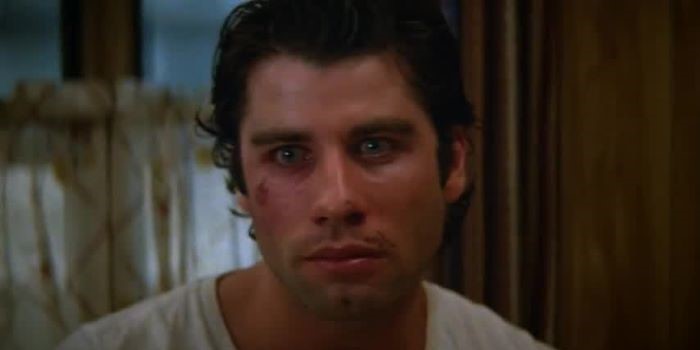
Urban Cowboy was a commercial success, grossing over $46 million at the box office. It received mixed reviews from critics, with some praising its realistic portrayal of working-class cowboys. On the other hand, it was criticized for its portrayal of women and its depiction of violence. Despite the mixed reception, the film struck a chord with audiences and gained a dedicated following over the years.
The film’s success can be attributed to its ability to tap into the cultural zeitgeist of the late 1970s and early 1980s. It captured the spirit of the urban cowboy movement, which saw a rise in the popularity of country music, western fashion, and line dancing. Altogether, Urban Cowboy became more than just a film; it became a cultural phenomenon that influenced fashion, music, and popular culture.
 Follow Us
Follow Us
